Advanced Materials Proceedings, July-September 2020 issue value to “Advancement of Materials to sustainable and green world”
Advanced Materials Proceedings (AMP) is a leading non-for-profit open access, peer-reviewed international journal published by the International Association of Advanced Materials (IAAM). IAAM has continuously been promoting the not-for-profit Diamond Open Access journal publishing practices since June 2010. AMP launched in September 2016 as the official journal of IAAM and publishes peer-reviewed articles on materials science, engineering, and technology. The journal provides a platform to present the latest research on both theoretical and experimental results as full papers, reviews, communication, and letter to editors. The subjects covered span through a wide range that includes materials chemistry, physics, engineering, and technology for numerous applications.
In the month of July 2020, IAAM released the 3rd issue of the 5th volume of Advanced Materials Proceeding. This issue contains editorial, review and research articles, and a total of 7 documents including the editorial published on the “International Conference on Advances in Physical, Chemical & Mathematical Sciences-2020. All the articles published in July-September 2020 issue can be downloaded for free at https://www.vbripress.com/amp.
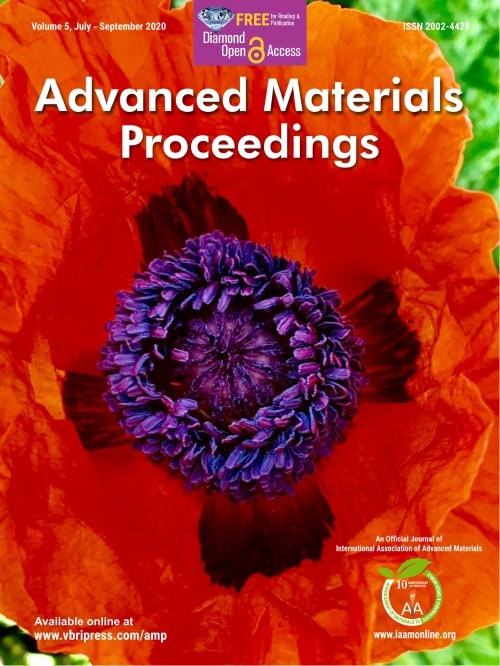
About Cover
The July-September 2020 issue of Advanced Materials Proceedings is dedicated to following decade’s agenda of International Association of Advanced Materials – ‘Advancement of Materials to sustainable green world’. The issue focuses on green technology and practices to play a vital role in improving environment for the sustainability agenda of 2030. A variety of ecological materials have been attained from various natural resources and exploded noteworthy curiosity to facilitate new era of eco-friendly technological developments.
Editorial Article 1: International Conference on Advances in Physical, Chemical & Mathematical Sciences-2020
The first article of this issue is the editorial, written by Prof. Jyotsna Meshram form Rashtrasant Tukadoji Maharaj Nagpur University, Nagpur, India. The editorial is dedicated to recently organized International Conference on Advances in Physical, Chemical & Mathematical Sciences-2020 (ICAPCM-2020). The ICAPCM-2020 conference was the joint venture wherein many science departments Physics, Chemistry, Mathematics, Statistics, Computer Sciences and Department of Chemical Engg., LIT, of Rashtrasant Tukadoji Maharaj Nagpur University, Nagpur, came forward to conduct International Conference 2020 to confer current discoveries, explored investigations and new rising trends in the fields. This conference aimed fruitful association amid diverse productive domains such as scientists, budding researchers and premier institutions by offering common dais and inspiring surroundings.
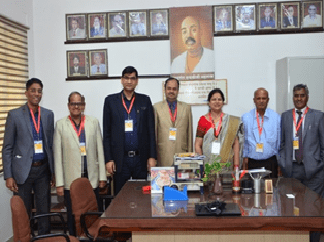
Review Article 2: A Review on Removal of Heavy Metals from Water by Adsorption
The second article of the issue is authored by Ayesha Dhawas et al. from Vishwakarma Institute of Technology, India. This article review the removal of heavy metals based on their adsorption capacities and its efficiency of various adsorbents such as natural materials, industrial by products, agricultural and biological waste. This article highlights the widespread uses of low-cost adsorbents in industries for wastewater treatment applications today are strongly recommended due to their local availability, technical feasibility, engineering applicability, and cost effectiveness.
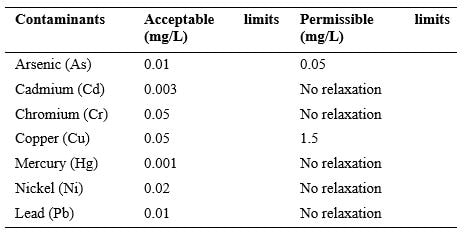
Citation of the article: Adv. Mater. Proc., 2020, 5(3), 20030403. [Download Full Text in PDF]
Research Article 3: Analysis of Top-K Utility Pattern Mining Framework
The third article was from S.S. Naghate et al. form Sant Gadge Baba Amravati University, India. This article proposed a new algorithm of utility-list structure, which based on the framework of top-k utility mining analysis. The output of the top-k high utility item sets that is the item sets that has the highest utility in the transaction database taken as input and it will give the top-k utility item sets with minimum utility threshold. This paper addresses all of the Top-k utility pattern mining item sets using research transactional databases and newly arrived datasets at runtime.
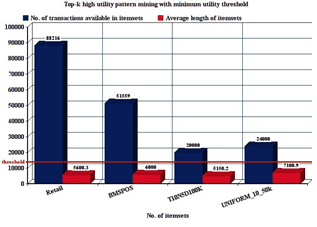
Citation of the article: Adv. Mater. Proc., 2020, 5(3), 20030404. [Download Full Text in PDF]
Research Article 4: Synthesis and Characterization of Inclusion Complex of Carbamide with Extremely Branched, Globular, Mono-Disperse, Nanometric Starburst PAMAM Dendrimer
The forth article of this is reported by Walke and Meshram from Rashtrasant Tukadoji Maharaj Nagpur University, India. This article elucidated the synthesis of different generations of poly(amidoamine) (PAMAM) dendrimer. This synthesized dendrimers are used as host in our inclusion complex. The carbamide is used as the guest and novel inclusion complex of carbamide and dendrimer is synthesized. The synthesised PAMAM-dendrimer has special characteristic like globular, nanoscale, macromolecule with different functionalities at periphery makes it a promising candidate for different promising applications.
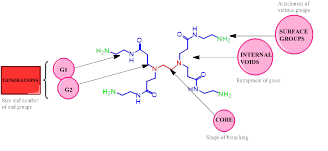
Citation of the article: Adv. Mater. Proc., 2020, 5(3), 20030405. [Download Full Text in PDF]
Research Article 5: Design, Synthesis and Bio-evaluation of New Phenothiazine Derivatives of Sulfonamide Dyes as Anticancer Agents
The fifth article of issue is dedicated to developing the broad-spectrum phenothiazine derivatives of sulfonamide dyes as anticancer agents. This article is written by a group of researcher from Rashtrasant Tukadoji Maharaj Nagpur University, India. This study is based on the analysis of the interaction of the anticancer drug target enzymes (topoisomerase II, aromatase and CDK2) with the designed ligands, using ArgusLab 4.0. This work designed a novel phenothiazine derivatives containing sulfonamide moiety as three different anti-cancer target enzyme inhibitors viz. topoisomerase-II, aromatase and CDK2. This report study attempted to describe the designing via docking study, synthesis and evaluation of 4-(4-((10H-phenothiazin-10-yl) sulfonyl) phenyl) diazenyl derivatives 5a-g as anticancer agents.
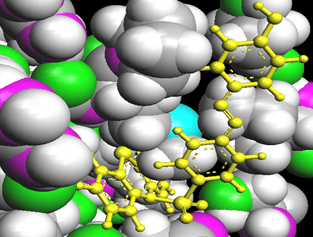
Citation of the article: Adv. Mater. Proc., 2020, 5(3), 20030406. [Download Full Text in PDF]
Research Article 6: 3D Architectured Poly(acrylamide-co-azomethine-co-acrylic acid) Cogel: Synthesis, Characterization and Salinity Profile
The sixth research article of this issue is focused on the synthesis of aliphatic 3D-structured azomethine polymer. Shirsath et al. report this article from Savitribai Phule University, India. This work describes that polyazomethine gel gets decompose after 5 °C by intermolecular interactions with P(AM-co-AA), the stability of polyazomethine is an increase, which is confirmed by advance thermal techniques. The swelling capacity of P(AM-co-AA) and co-gel are studied by the addition of different saline solutions, including monovalent, divalent, and trivalent salts. Its applications may extend in marine water industries as a basis for antifouling coating, waste water treatment, and even in the medical field.
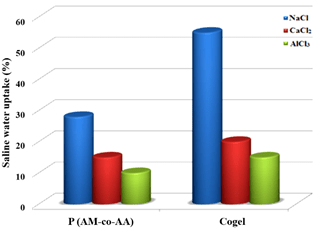
Citation of the article: Adv. Mater. Proc., 2020, 5(3), 20030407. [Download Full Text in PDF]
Research Article 7: Scenario of Single use Plastic Ban in some Hotels, Restaurants and Vegetable Market of Nagpur City - A Case Study
E.R. Raut et al. from department of applied chemistry, G.H. Raisoni College of Engineering, India write the seventh article of this issue. This article reported a case study for prohibit the single use plastic from hotel, restaurants and vegetable market. This article is based on the survey, which reveals that although people know about plastic ban but still plastics bags are used in markets illegally. In addition, this article also highlights the issue that either person are aware about the adverse effect of plastic and happy to ban the use of plastic but due to unavailability of alternatives they continue using the plastics. This article suggesting that single use of plastic should be strictly banned by Government and provide the alternative to plastic.
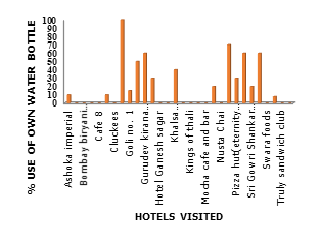
All the articles published in this issue are available free to read at https://www.vbripress.com/amp. International Association of Advanced Materials, IAAM invites the researchers from the advanced materials community to promote this not-for-profit Diamond Open Access Policy by submitting their articles or special issue proposal at Advanced Materials Proceedings. The researchers are invited to submit their manuscripts ONLINE to the journal manuscript central.
July 21st, 2020 IAAM Blog International Association of Advanced Materials Leave a Comment
Leave a Reply
Your email address will not be published. Required fields are marked *
Search
Recent Posts
- The 15th Anniversary of Advancing Materials
- Materials Triggered Towards Climate Neutral and Bio Active Functionality Via Nano and Electrochemical Interaction: Evolution of Advancement in the Volume 12 of Advanced Materials Letters, August 2021
- Promising Materials Features Transforming Sustainable Development with Intelligence and Green Chemistry: Exclusive Paradigm of the Volume 12 of Advanced Materials Letter, July 2021
- Attaining the SDGs Through Resilient Approach Needed High Performances Materials, Symbolize in the 6th Issue, Volume 12, June 2021 of Advanced Materials Letters